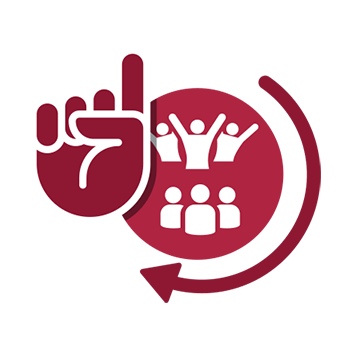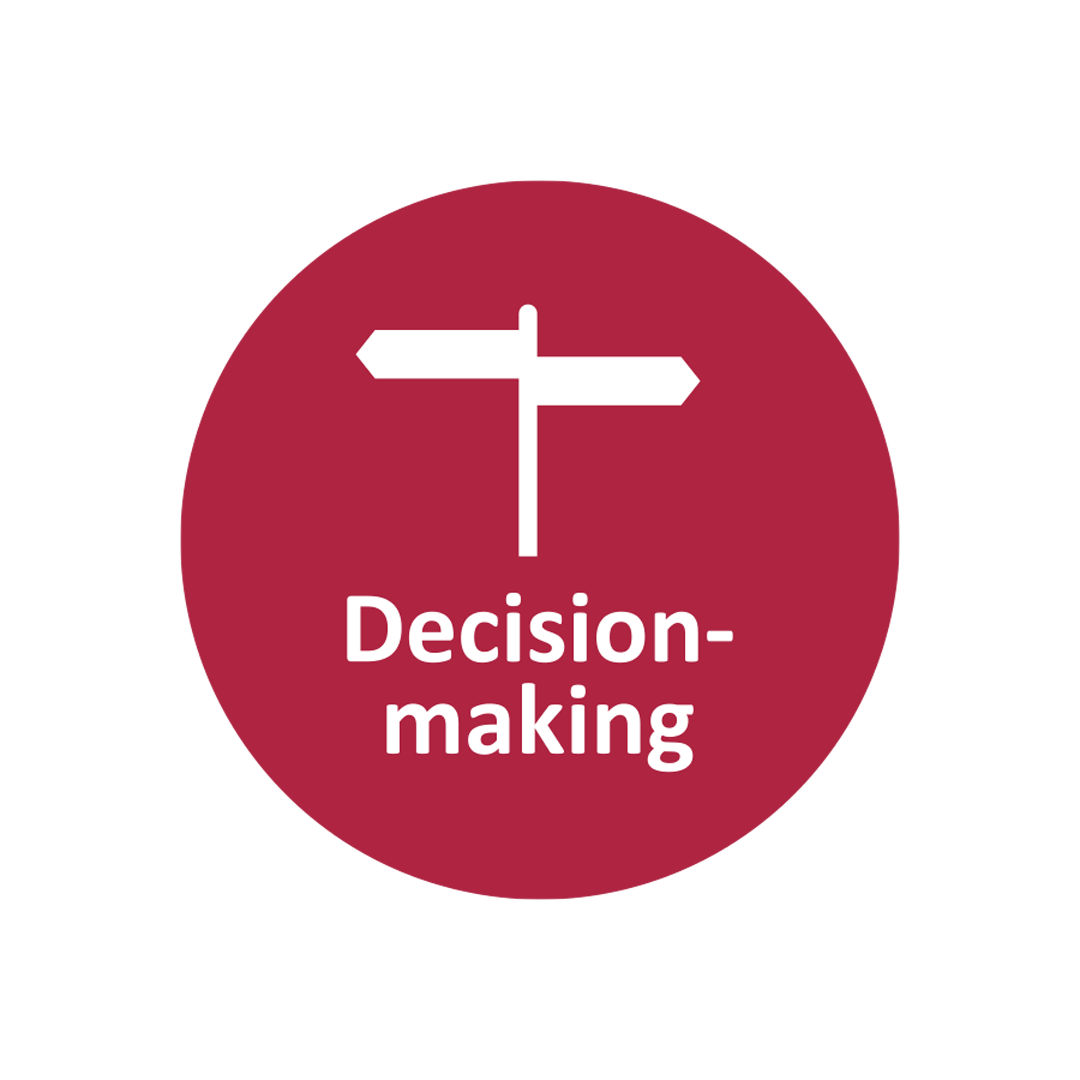
TIPS FOR MEASURING LEADERSHIP AND COLLECTIVE ACTION
- Use quantitative and qualitative measures to capture the strength of women and girls’ organizing and mobilizing; include both membership in groups, and the influence and achievements of collective action and mobilizing.
- Include measures that capture the extent to which women and girls experience substantive and transformative leadership, rather than just their presence
- Use participatory methods to capture those areas and decision-making bodies that matter for women and girls’ lives, or those spheres that are male dominated and in which women and girls’ leadership is unconventional
Illustrative Indicators
Financial Services for the poor
OUTCOMES
1.2. Increased representation of women in microfinance self-help groups
INDICATORS
1.2.1. % of microfinance self-help groups led by women
1.2.2. % of female membership of self-help groups
WATER, SANITATION AND HYGIENE
OUTCOMES
2.2. Increased participation of women in governance related to sanitation programs and initiatives
INDICATORS
2.2.1. # of women, in senior (director and above) positions in the relevant decision making body (municipal government, utility) directly involved in the design and implementation of sanitation programs and initiatives
PROXY MEASURES VERSUS DIRECT MEASURES - WHAT’S THE DIFFERENCE?
The most common direct measure of agency is decision-making. Common proxy indicators include education, employment or individual control over assets. Although they are more focused, direct measures often require more questions in a survey to capture a full picture of agency. Proxy measures may be simpler and cheaper to implement, but they do not necessarily give a full picture of reality. For example, the proxy measure education would not tell you whether a woman’s level of education causes or is caused by greater empowerment among women. In some studies, proxy indicators are categorized as resources, and so are used in addition to the direct measure of decision-making (one component of agency) to capture a more accurate picture of agency in that setting.


